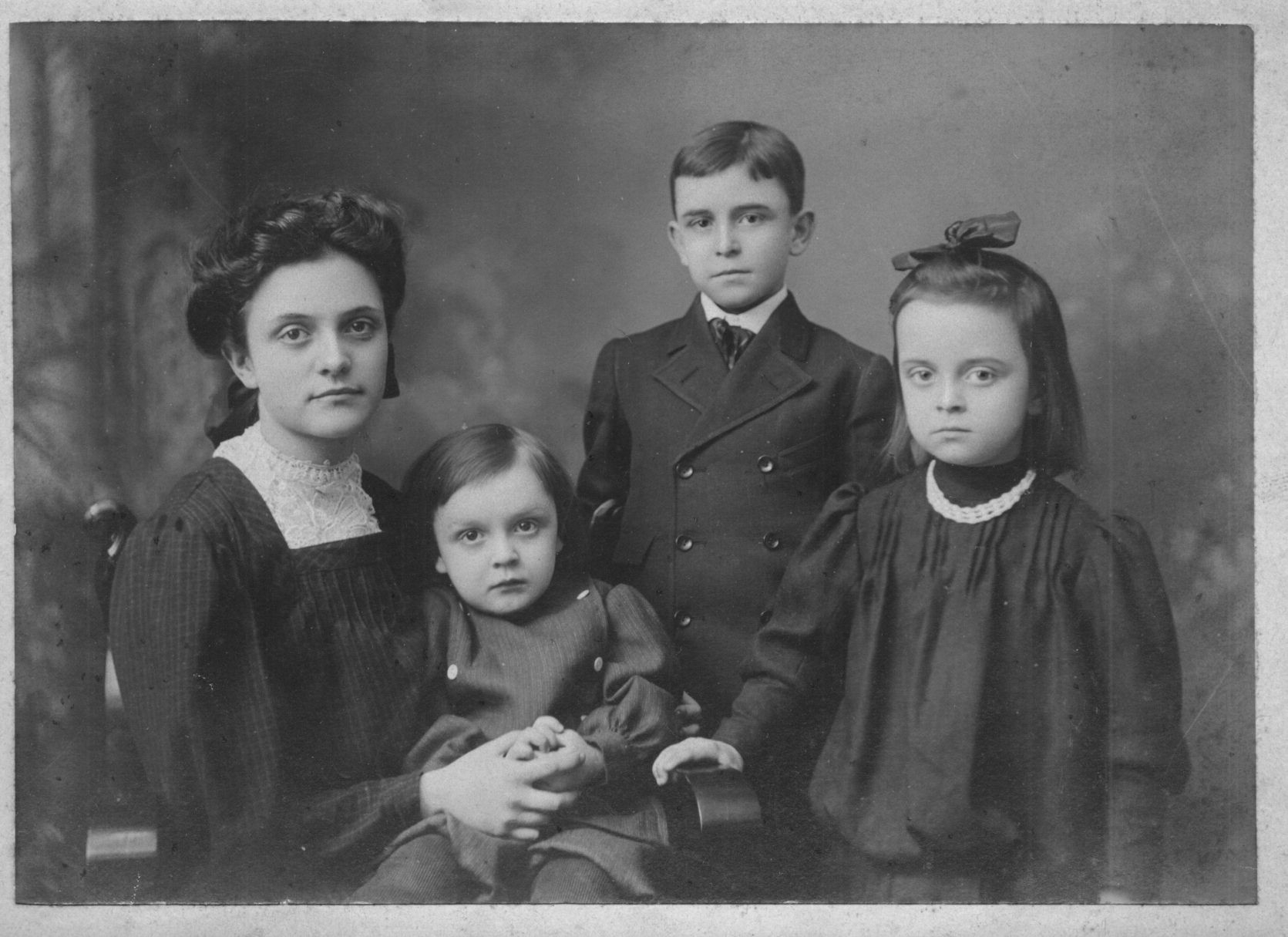Children of George Eastman Wright and Emma Smythe
Date & Place:
in Ohio USA


 Ree Young
Ree Young  Ree Young
Ree Young  Ree Young
Ree Young  Ree Young
Ree Young